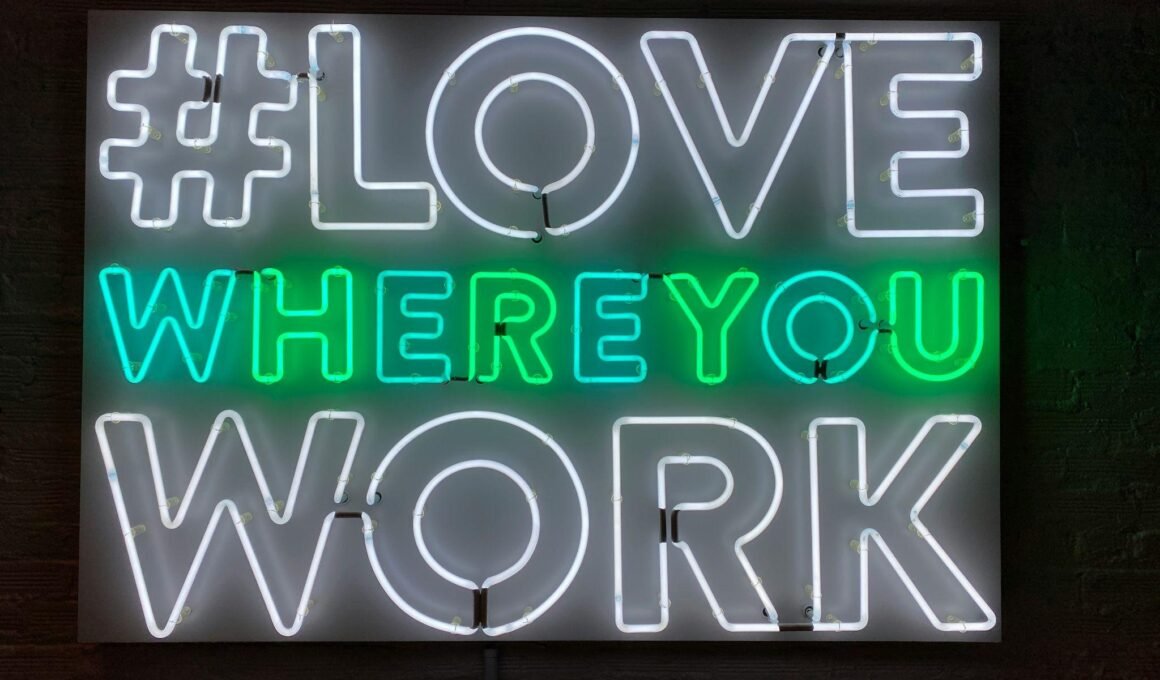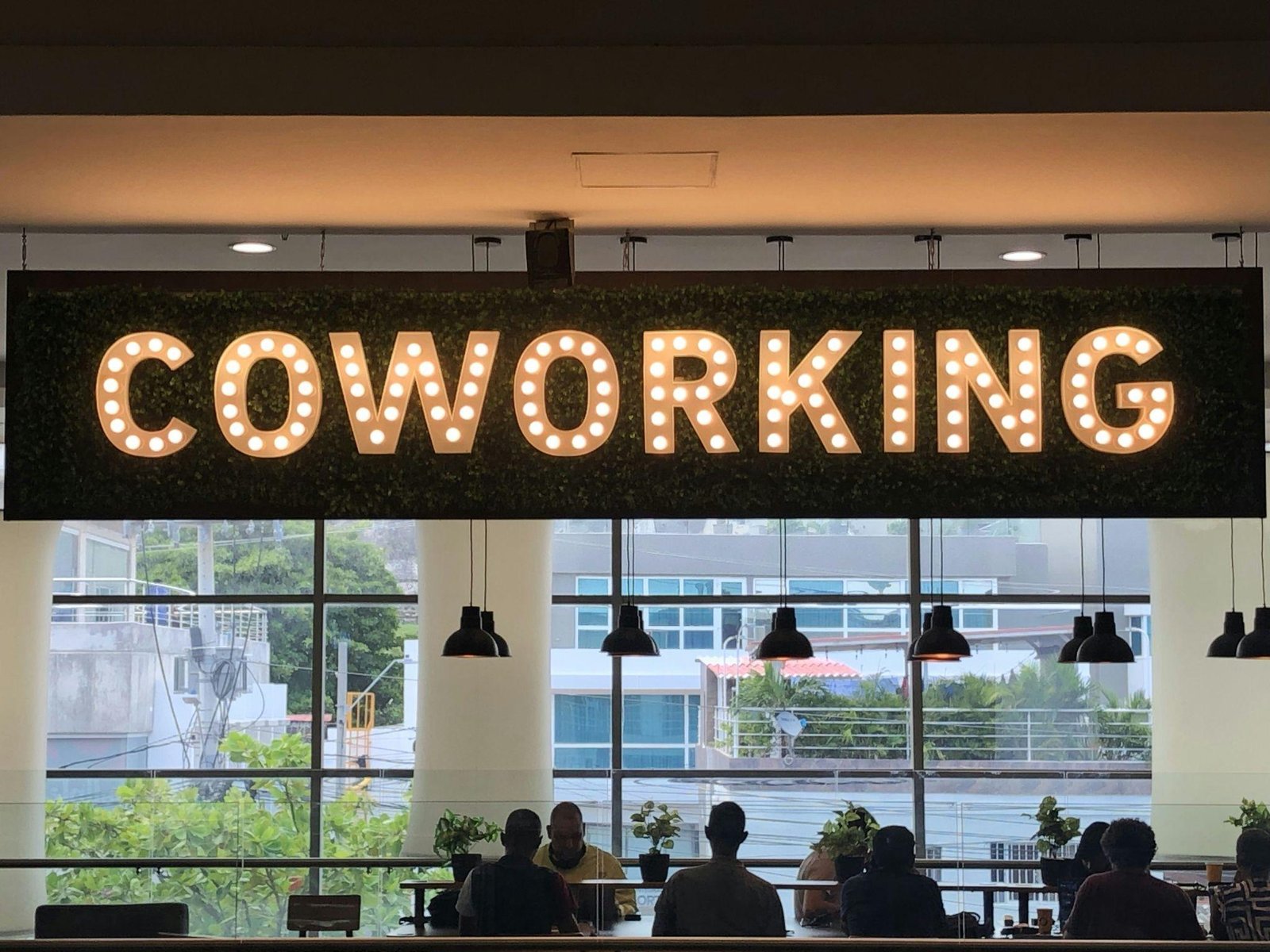Urban life is constantly evolving, shaped by shifts in technology, lifestyle, and the way people interact with their surroundings. In cities across the world, a new wave of residents is seeking more than just a place to live or work, they want a sense of community, flexibility, and inspiration. That’s where innovative spaces like North West Work Lofts come in, reflecting the dramatic rise of co-living and co-working concepts that are reshaping the fabric of urban neighborhoods.
The Rise of Co-Living and Co-Working
For decades, city living was defined by apartment towers and office blocks. But over the past ten years, the lines between home and office have blurred. The digital economy, the growth of remote work, and the search for meaningful connection have sparked a movement toward environments that blend private life with shared experiences.
Co-living developments offer private apartments or suites, but place a strong emphasis on communal kitchens, lounges, rooftops, or event spaces. Residents can connect over dinner, participate in group yoga, or attend workshops without ever leaving the building.
Meanwhile, co-working spaces have redefined the concept of the office. Gone are the days of cubicles and closed doors. Instead, freelancers, entrepreneurs, and small business teams gather in open-plan lounges, meeting rooms, and collaborative zones that foster creativity and networking. Today’s most forward-thinking developments, like North West Work Lofts, go a step further. They are combining living quarters, workspaces, and amenities in a single, vibrant community.
Why These Models Are Gaining Traction
Several powerful trends are fueling the growth of co-living and co-working:
Flexibility
Modern professionals want more freedom to design their days. Co-working memberships offer month-to-month flexibility and access to amenities on demand. Co-living offers leases as short as three months, giving residents the ability to move, travel, or try new neighborhoods without long-term commitments.
Affordability
In many cities, the cost of renting a traditional apartment or office can be prohibitive. By sharing communal areas and splitting resources, co-living and co-working keep costs manageable, while still providing premium features like gyms, high-speed internet, and cleaning services.
Community
Isolation is a real concern in urban life, especially for newcomers or remote workers. Co-living and co-working intentionally foster community through shared activities, group projects, and open events. Residents and members benefit from daily interaction, building friendships and support networks.
Urban Revitalization
Many of these developments breathe new life into historic or underutilized buildings. Industrial warehouses, old factories, and vacant office blocks are transformed into lively centers of activity and culture, often revitalizing entire neighborhoods in the process.
The Impact on Urban Neighborhoods
The transformation is visible not only in the buildings themselves but also in the streets and businesses that surround them.
Local Business Growth
Co-living and co-working communities attract active, engaged residents who are more likely to support nearby cafés, restaurants, fitness studios, and boutiques. With new foot traffic, local businesses often flourish, and fresh concepts emerge to meet demand.
Increased Diversity
These spaces welcome a mix of professionals, students, artists, and entrepreneurs from diverse backgrounds. This diversity can lead to new collaborations, creative partnerships, and a richer, more inclusive neighborhood culture.
Sustainability
Shared spaces are more efficient. They are reducing the environmental footprint per person. Energy, water, and transportation needs are pooled, and many developments integrate green roofs, bike storage, and eco-friendly materials. The U.S. Census Bureau notes that urban density and shared resources contribute significantly to lower per capita emissions in American cities.
Placemaking and Urban Identity
When thoughtfully designed, co-living and co-working spaces can anchor a neighborhood’s identity. Public art, gardens, and event spaces become gathering spots for the wider community, not just residents or members.
Challenges and the Future
No urban transformation is without its hurdles. Co-living and co-working spaces must balance privacy with community, manage shared resources equitably, and adapt to changing resident needs. Zoning laws, building codes, and local regulations can complicate development and management.
Yet, the momentum is clear. As more people seek flexible, meaningful urban experiences, developers, city planners, and entrepreneurs are responding. Mixed-use projects are popping up in cities large and small, each one adding to the evolution of city life.
The growth of co-living and co-working is more than a trend. It’s a reflection of how we want to live and work in the 21st century: flexibly, affordably, and together. Developments like North West Work Lofts are leading the way, showing that the future of cities lies in blending personal space with shared experience. As urban neighborhoods continue to change, expect to see more of these communities sparking innovation, supporting local business, and making city life richer for everyone.




